The Hobbit: An Unexpected Journey: 50 Best Moments
Welcome back to Middle-earth (Warning: HUGE spoilers follow)
Necromancing The Stone
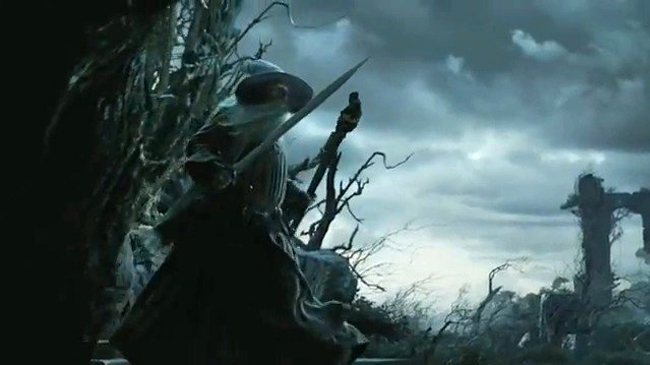
The nearest thing The Hobbit has to Ringwraiths (at least until PJ delves deeper into the appendices), the Necromancer is one of two characters mo-capped by Benedict Cumberbatch.
Like the other, Smaug the dragon, he’s barely glimpsed here, though he does appear in a rather unsettling scene.
As Radagast the Brown is poking around the derelict site of Dol Guldur, looking for clues as to the source of darkness that’s sweeping the land, he’s crept up on by the shadowy figure.
And while we don’t actually see him (we barely even hear him), his whispering’s lent a sinister authority by Cumberbatch’s dulcet tones (which bodes well for his Star Trek Into Darkness villain).
Bilbos Bravery
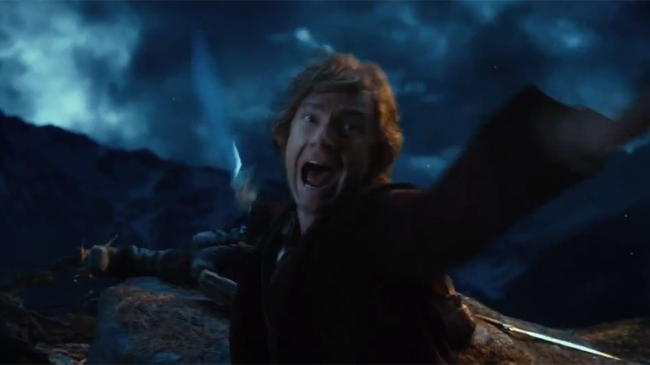
While Martin Freeman’s diminutive burglar may not be cut from the same cloth as most traditional screen heroes, it only serves to make his acts of bravery all the more rousing.
Like the moment when he charges to the aid of Thorin, whose about to be beheaded by an Orc after a foolhardy charge against Azog the Defiler.
Drawing his letter-opener of a sword, he runs into a beast three times his size, and in doing so inspires the remainder of the Company to rush in with support.
There’s certainly more to Bilbo than his light feet and nimble fingers, as time and again his courage and wits prove to be powerful weapons in their own right.
Stag Night
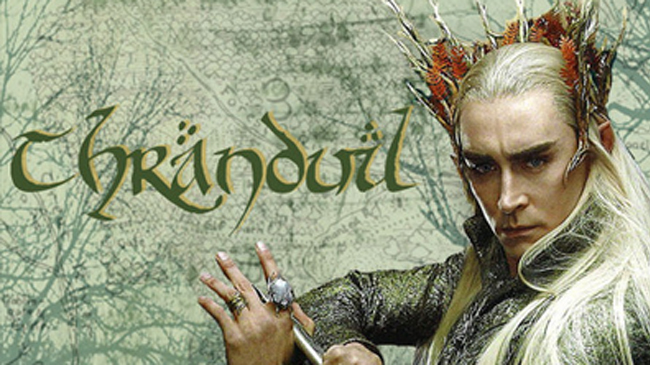
Referred to simply as the Elven-King in the book, he gets a name in the Jackson film: Thranduil.
The father of Legolas (don’t forget the Elven pretty boy was a prince), he appears in the opening prologue, played by Lee Pace.
As he refuses to help the Dwarves in their fight against Smaug, expect him to play a prominent part in later episodes, not least when Leggy gets stuck into the action for the Battle of the Five Armies.
The coolest detail of Thranduil’s brief appearance is undoubtedly the giant stag he rides, reminding us in no uncertain terms that he’s a Wood Elf.
And Pace’s cameo is just about cool enough to wash away the awful memories of his turn as Garrett in The Twilight Saga: Breaking Dawn - Part 2 .
Ring Vision
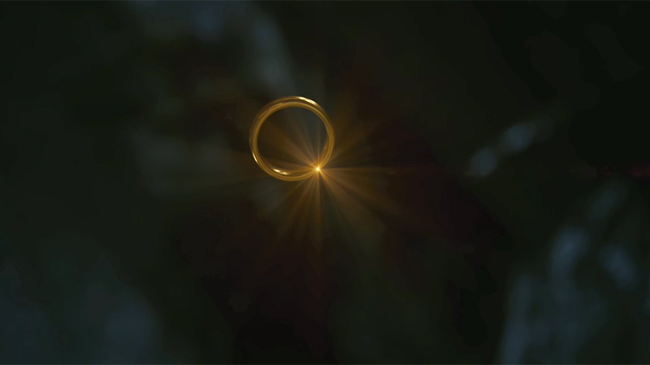
When Bilbo uses the ring’s invisibility power to evade Gollum, the subjective shots in ‘ring vision’ are a robust reminder of The Lord Of The Rings trilogy, as the colour fades to almost-monochrome, and the distortion is cranked up like a blurry Instagram filter for Middle-earth.
It’s a simple thing, and impressive just how much that unexpected effect transports us back (or should that be forward?) to the trilogy.
Given our foreknowledge of the significance of the gold band, the ‘ring vision’ acts as an uncanny cautioning against abusing its power: it’s not a get out of jail free card, y’know.
Sign up for the Total Film Newsletter
Bringing all the latest movie news, features, and reviews to your inbox
Bilbos Rivendel Wonder
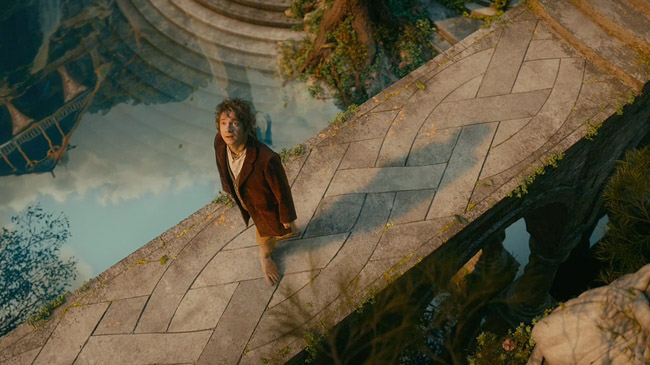
Being our Hobbit’s-eye-view into the world, Bilbo is the anchor that keeps us grounded in Middle-earth, an everyman (or everyhobbit) in place of an archetypal hero.
As well as acting scared, alarmed, annoyed, and uncomfortable, Bilbo does occasionally get to put in a showing of slack-jawed wonder, not least when he arrives with the Dwarves at Rivendel.
Crossing the bridge, and craning his neck to take in the splendour of Elrond’s humble abode, Martin Freeman does more to indicate the scale and spectacle of the location than CGI effects alone ever could.
Martin Freeman could prove to be this new trilogy’s secret weapon, plonking a truly relatable hero into the midst of the epic storytelling.
Goblin Jump
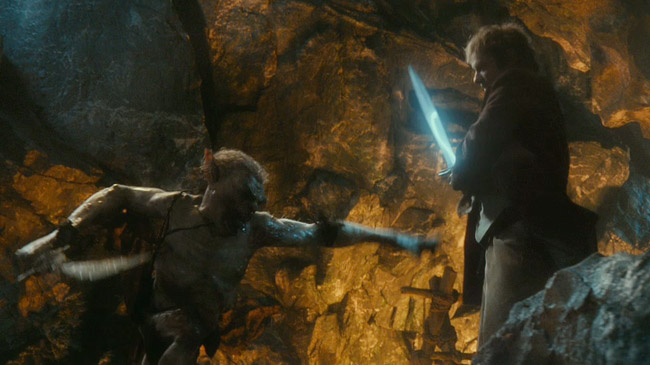
While The Hobbit (the book) might be a little more kid-friendly than LOTR , and the scares don’t begin as immediately as they do in Fellowship , there are plenty of jumps to be had along the way.
Like the moment in which Bilbo is forced into sword-swinging action in the Goblins’ domain, when a particularly ugly specimen bursts out of nowhere, separating him further from the Company, and forcing him to parry in self defence.
The Goblin’s sudden appearance is a short sharp shock that had us bashing our 3D glasses with a jolt.
Painful and embarassing.
Thorins Speech
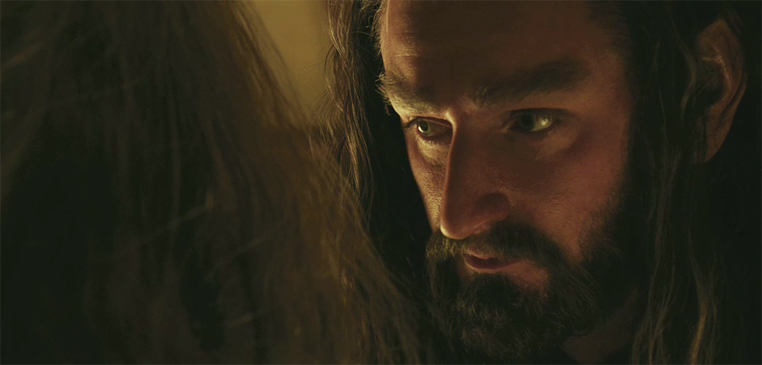
As you’ll have noticed, The Hobbit (and the LOTR trilogy, for that matter) isn’t short on weighty speeches.
Richard Armitage’s Thorin gets more than one oratory showcase, from his call to arms around Bilbo’s dinner table, to his about face to the Hobbit at the close of this chapter (the Middle-earth equivalent of ‘I’m sorry to say… you’re going to have to continue on this journey with us!’)
But none is perhaps so stirring, or indicative of the film as a whole, as when he explains how he would choose his loyal band over an army from the Iron Hills (who have, in fact, neglected to lend their services).
“When I called upon them, they answered. I would take each and every one of these Dwarves over the mightiest army. Loyalty, honour, a willing heart… I can ask no more than that.”
For all their comedic shenanigans and oafish feasting, they are an admirable bunch, and thirteen fellows you’d be lucky to have on your side.
Arachnophobia
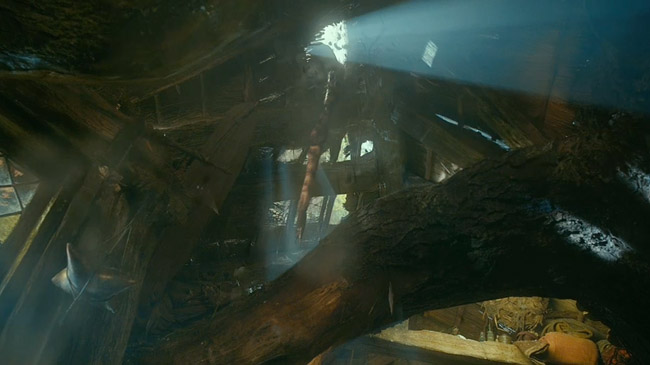
While there’s a key incident featuring spiders that won’t appear onscreen until (at least) the second film, there’s a smattering of spider action in AUJ to get the arachnophobes shuddering.
When Radagast has returned to his idyllic home in the forest, investigating the darkness that’s killing the Green Wood’s living things, he gets a rather more unignorable sign of the bad things that are afoot.
As his house is sieged by the eight-legged arthropods, we’re reminded of Jackson’s formative years as a horror director: their spindly legs appearing through the crack above the door, the shadows of their segmented bodies rising up the walls…
Feels more like something out of a zombie horror flick than a family fantasy.
Letter Opener
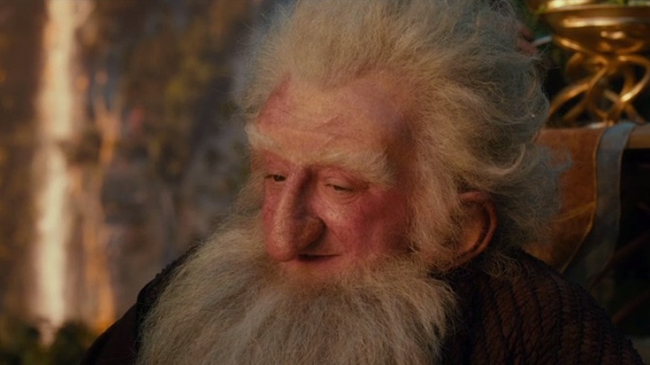
Balin’s gentle chastisement of Bilbo around Elrond’s supper table - “Not really a sword is it, more of a letter opener” - is both funny and a little touching, highlighting the extent to which Bilbo is out of his depth, and offering the Hobbit a moment of nervous reflection.
But any scene, like this one, that gives Balin a moment to shine is fine by us.
Ken Stott’s white-haired Dwarf, bubbles with twinkly, avuncular charm.
Never mind that his moustache-less beard lends him the look of a garden gnome, he makes a considerable impact, and is one member of the Company we can’t wait to spend more time with.
SPOILER: And Stott’s characterisation, adds a new dimension to the scene in Fellowship , when Gimli chances upon Balin’s tomb in the Mines of Moria.
Raiding Cinema History
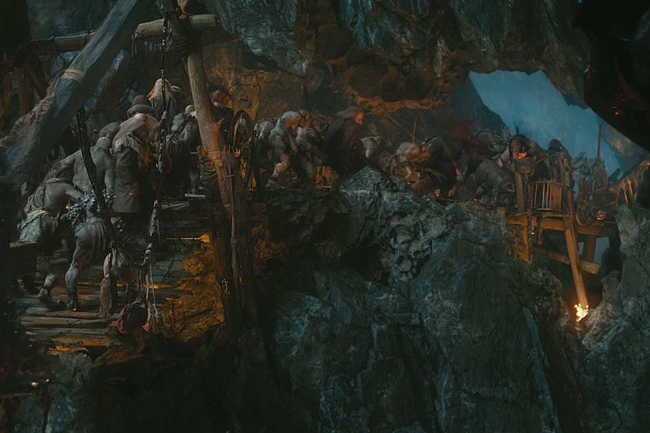
For all the nods to The Lord Of The Rings trilogy, it was perhaps a simple reference to a classic adventure film that was the most cheering.
During the Misty Mountain rumble, Gandalf sets a boulder coursing down a wooden walkway, taking out the goblins in its path, and we couldn’t help but see it as a nod to Raiders Of The Lost Ark , and Jackson’s Tintin collaborator Steven Spielberg.
While we can’t be sure it was intentional, it’s impossible to see a boulder rolling across the big screen without thinking of Indiana Jones’ classic introduction.

I'm the Editor at Total Film magazine, overseeing the running of the mag, and generally obsessing over all things Nolan, Kubrick and Pixar. Over the past decade I've worked in various roles for TF online and in print, including at GamesRadar+, and you can often hear me nattering on the Inside Total Film podcast. Bucket-list-ticking career highlights have included reporting from the set of Tenet and Avengers: Infinity War, as well as covering Comic-Con, TIFF and the Sundance Film Festival.


